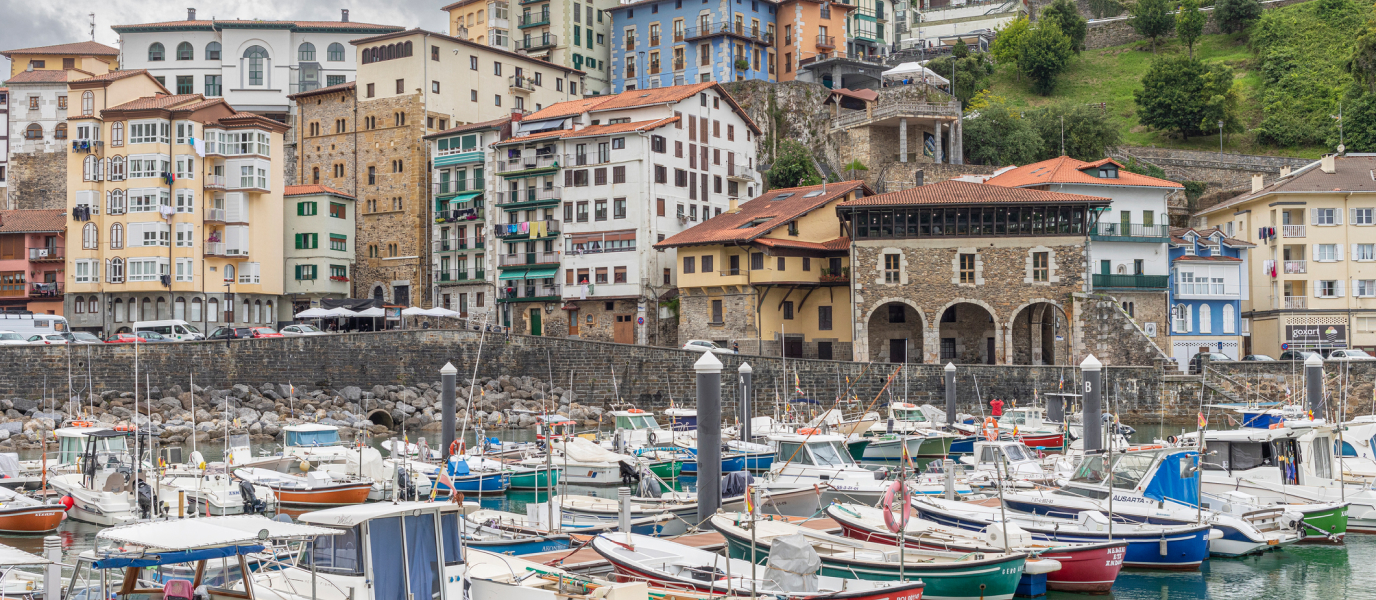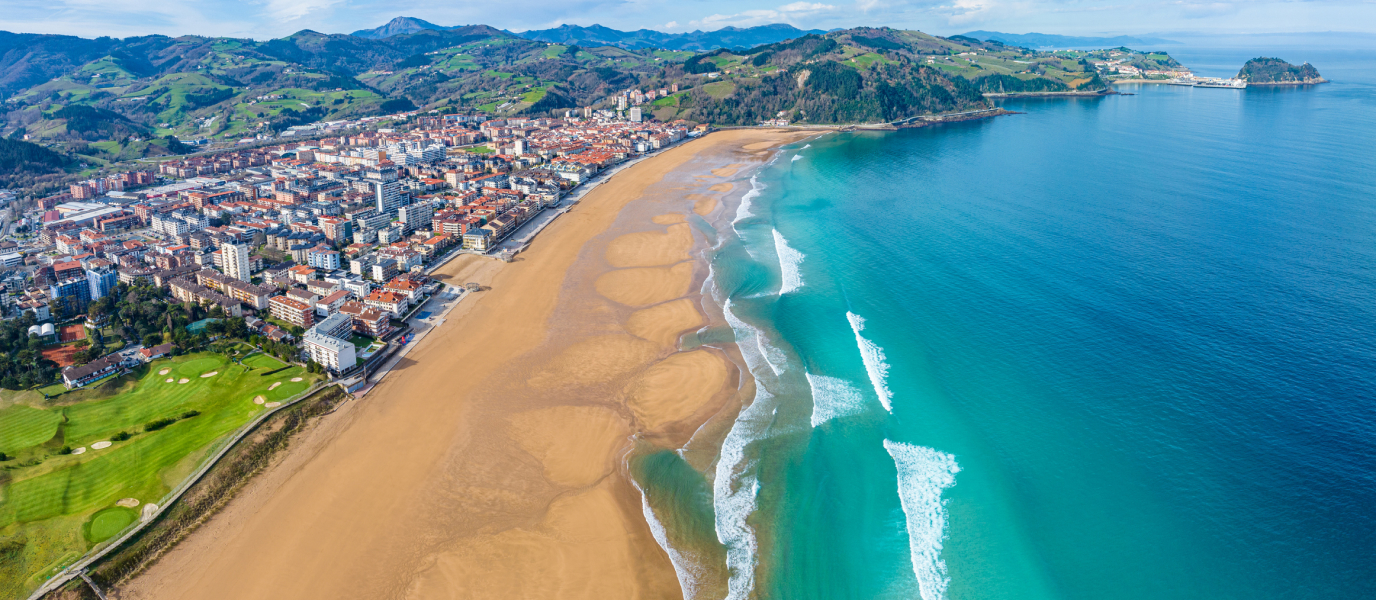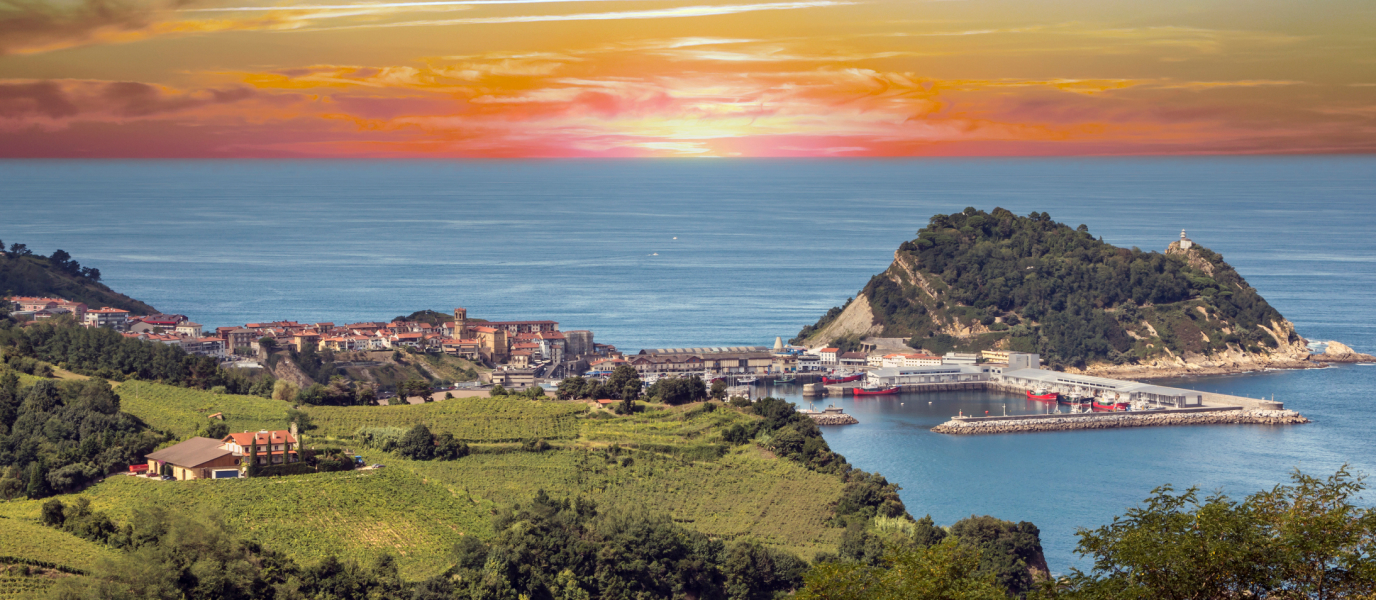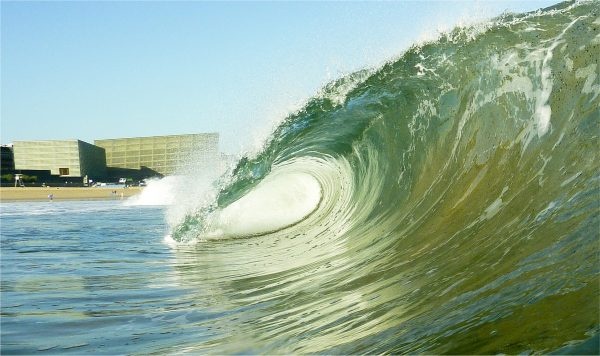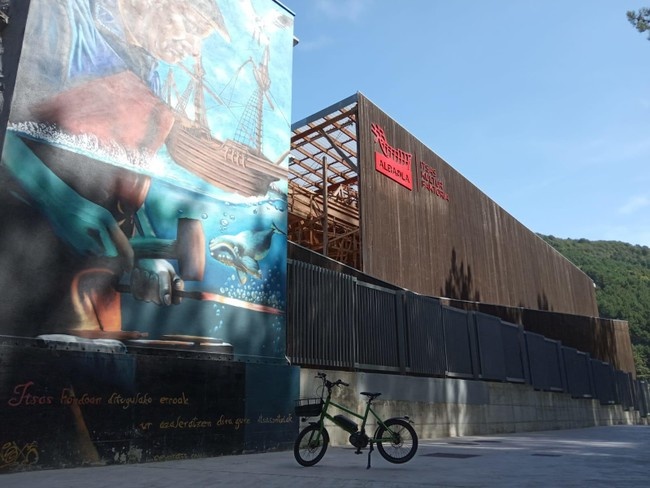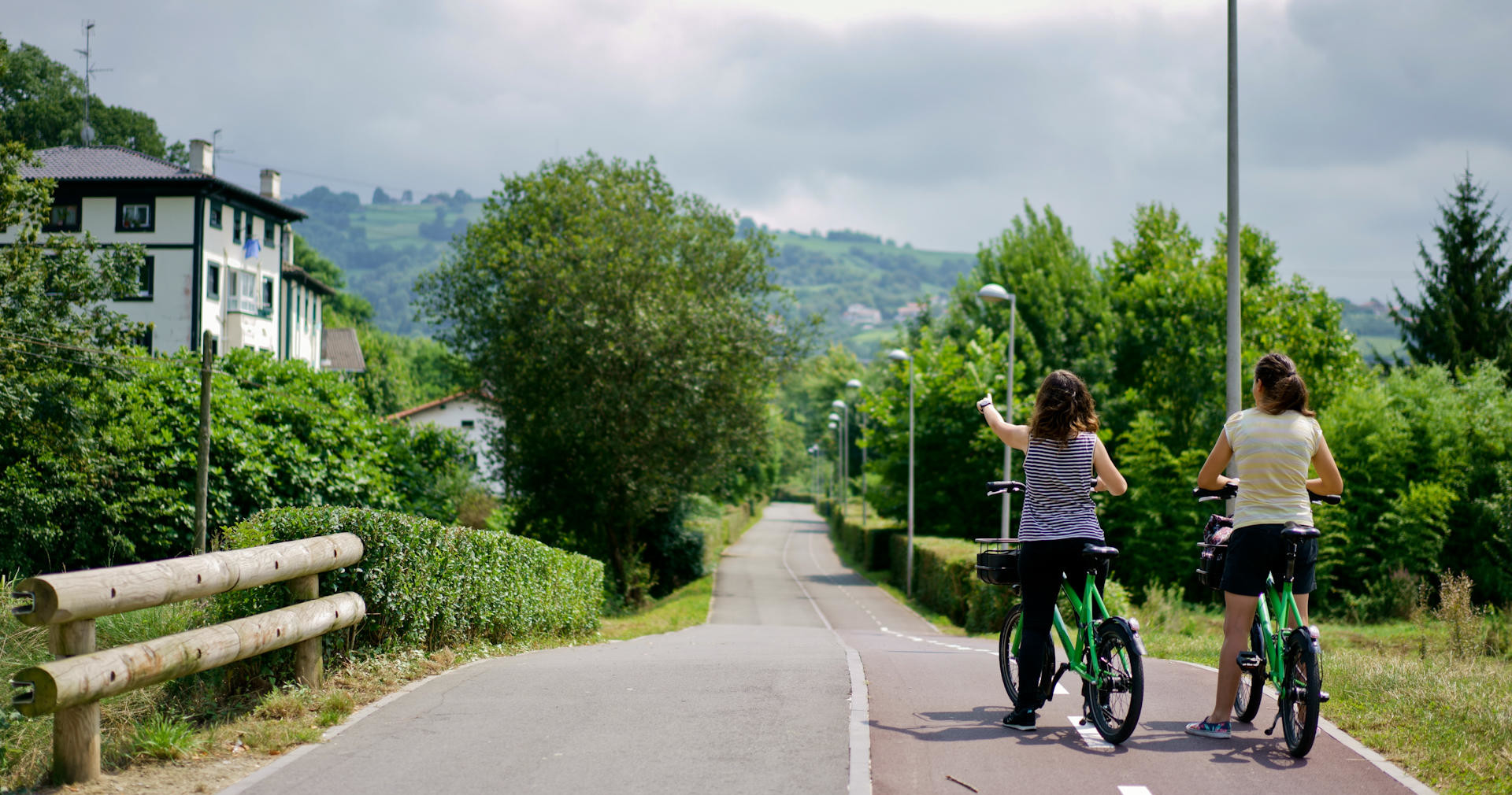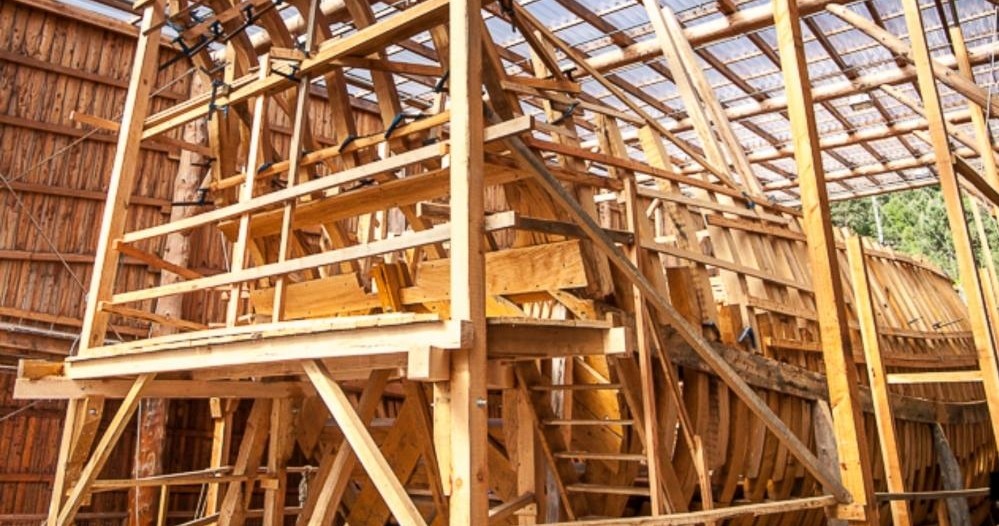Today St-Jean-de-Luz is a quiet town some 33km away from San Sebastián but during the 17th and 18th centuries it was a veritable vipers’ nest. At least, this is what the tourist office of Saint-Jean-de-Luz claims and it is backed up by the plethora of streets that still bear the names of the town’s most feared pirates. Of course, today buccaneer ferocity has taken a back seat to a warm Basque welcome and the promise of an abundance of things to see.
Saint Jean de Luz – The whole package
Among its most famous attractions, St-Jean-de-Luz boasts a delightful historic centre dotted with traditional wooden houses, a fine sandy beach and a small marketplace that offers delicacies both local and from distant shores. Add to this the many spectacular restaurants the town boasts and St-Jean-de-Luz gives you the chance to eat to your heart’s delight on a peaceful getaway to a place steeped in history.
Before getting swept up in the stories of piracy, however, the traveller would be remiss if they didn’t delve into some of the other remnants of St-Jean-de-Luz’s storied past. For instance, its fishing port, which is still surrounded by the shipowners’ houses from the 17th century; the beautiful church of Saint John the Baptist, where Louis XIV married the Spanish Infanta, Maria Theresa; and the majestic buildings that are testament to the town’s influence from the French Belle Époque.
What to see and do in Saint Jean de Luz
Tour the historic centre of Saint Jean de Luz
The historic centre is a labyrinth that begins with the shop-festooned main street, Rue Gambetta, which gives on to idyllic streets that twist and turn until they bring you to Louis XIV Square, where you’ll find the historic Town Hall. This is the liveliest part of the city, replete with all kinds of bars with outdoor terraces and even a much-used bandstand. Tucked into this part of the city is one of its most prized jewels: the house of Louis XIV. Built by the shipowner and mayor of St-Jean-de-Luz, Johanne de Lohobiague in 1643, it took its name after the king of France stayed there for forty days in the run up to his wedding. Today you can visit the house and get a taste for how the rich lived in the 17th century.
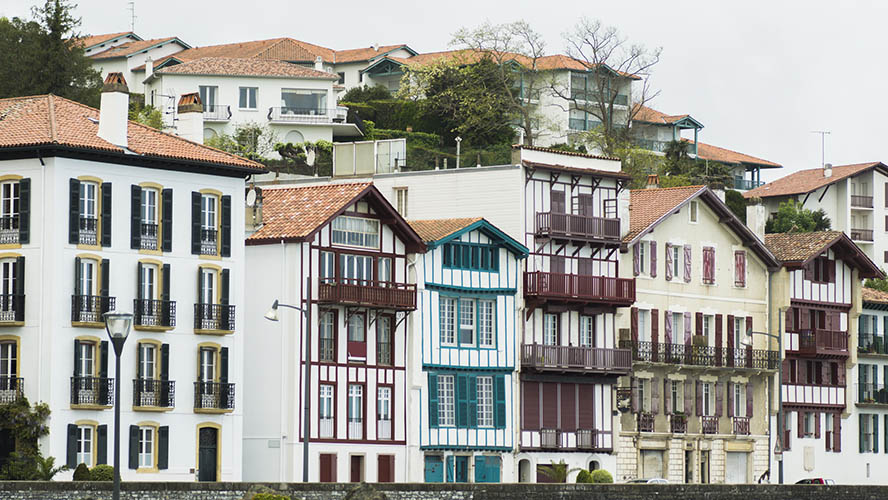
Visit the Church of Saint John The Baptist
The wedding that was celebrated between Louis XIV and Maria Theresa in 1660 was far from a simple affair, in fact the joining of these households put an end to centuries of conflict between the kingdoms of France and Spain. Today, one of the doors to the church still bears the name of Louis XIV in honour of this momentous occasion in both countries’ histories. The church was built between the 15th and 17th centuries in a traditional French Basque Country style. While the exterior is rather austere, the interior is flamboyantly baroque; divided into two floors when it was traditional for the men of the town to worship on the upper floor with the women below.
Take a stroll along the beach
What is referred to simply as the ‘Big Beach’ (‘grande plage’) is ideal for wandering up and down with only the sound of the waves lapping at the shore in the background. St-Jean-de-Luz also has four other beaches, however: Cénitz, Mayarco, Erromardi and the Lafiténia, which is famous for being an excellent place to surf.
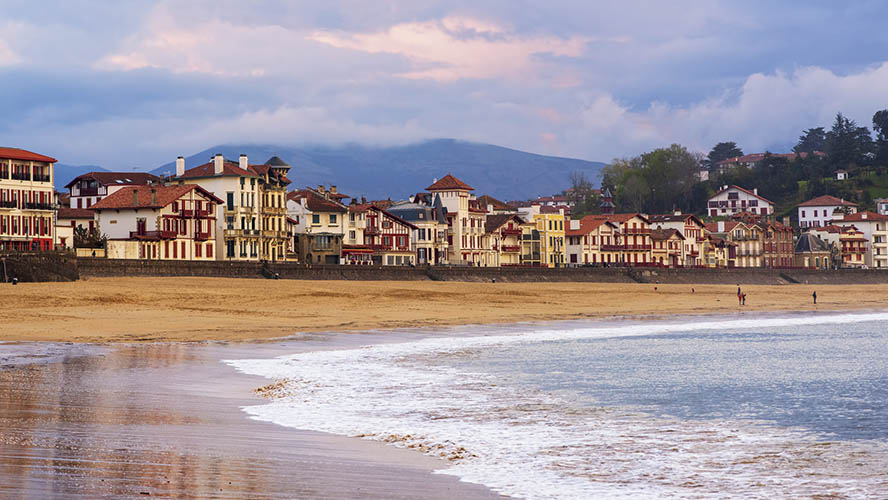
Take to the promenade
While ambling along the promenade, take in sights such as the charmingly colourful wooden houses that look out to sea and the array of hotels built specially for those tourists who come to St-Jean-de-Luz in search of the benefits of its cool waters. The most emblematic of these hotels is the Grand Hotel, a stunning neoromantic building that’s worth a visit even if it’s only to admire the interior with a coffee (or a beer). Not far from the Grand, you’ll find the iconic Art Deco Pergola Casino, which has also been converted into a hotel.
Make the most of the port
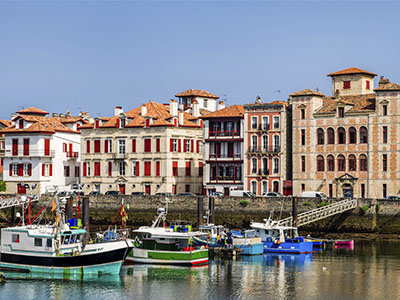
The fishing port of St-Jean-de-Luz is, unsurprisingly, a hotbed for the best fish and seafood to be found in the Bay of Biscay. The waterfront peels off into side-streets that are packed with the best restaurants in the city, making the port a ‘must see’ on any itinerary.
Don’t let it be said that the port is just for fishing and eating, though. As the heart of the town, it still pulsates with history. Here the famous House of the Infanta where Louis’ XIV’s future wife, Maria Theresa, resided in the days before her wedding to the king. This house’s provenance doesn’t just boast a royal guest, though. Before it was called the House of the Infanta, it was called the Joanoemia House, named after the man who built it in 1640, Joannot de Hareneder. De Hareneder was a rich shipowner and notable corsair who made sure that the House had a small tower from which the movements of all ships in an out of the port never escaped his notice.
Buy local products at the Halles Market and surrounding street market
At The Halles market, you’ll find vegetables, fruit, flowers, meat and fresh fish all so good they’ll have you digging deep into your pockets to take them all home. Local producers from all round St-Jean-de-Luz converge on the market every week. This makes it an ideal spot for anybody wishing to buy something or just to sit back and take in the bustling atmosphere while tasting local beers or trying the local pintxos. The market is open from 7am until 1pm every day, though on Tuesday and Friday mornings (as well as every Saturday during July and August) the market spills out onto the streets and makes for another must-see attraction in St-Jean-de-Luz.
The best places to eat in Saint Jean de Luz
In St-Jean-de-Luz, eating is an exercise in enjoying the finer things in life. This small town in the French Basque Country makes it very easy for anybody to leave one of its many restaurants and taverns feeling completely satisfied.
One piece of advice before venturing into the town in search of a great meal: check the main street, the Rue Gambetta, first. Along that street you’re likely to find shops offering many of the local products favoured by restauranteurs in the town and this will give you an idea of what you can find on the menu later.
Once you’ve taken in the local delicacies head over to the Rue de la République. On this street you’ll find a multitude of small taverns that boast traditional recipes, such as La Taverne Basque (5 Rue de la République) as well as more upmarket restaurants like the Michelin-starred Le Kaiku (17 Rue de la République).
If homemade cuisine is more your thing, then Trinquet Maïtena (42 Rue du Midi) is a bastion of fine local cuisine, and Chez Pablo (5 Rue Mademoiselle Etcheto) offers delicious txangurro and exquisite stuffed peppers.
Or perhaps you like to satisfy a sweet tooth while travelling? Well, look no further than the locally made macaroons (or the mouchous, for those who like their macaroons a little lighter, with more almonds and less sugar) or the kanouga, a small dark chocolate or coffee-flavoured sweet that is often strewn with toasted hazelnuts or walnuts.
The most famous corsairs of Saint Jean de Luz
One of the greatest corsairs ever to have tormented the Bay of Biscay was Johannes Suhigaraychipi, also known as ‘Coursic’. Originally from the nearby town of Bayonne, Coursic terrorized the British, Spanish and the Dutch and was said to have captured more than 100 ships over the course of his career. In fact, in a letter to the king of France in 1691, the Duke of Grammont said ‘Your majesty could travel from St-Jean-de-Luz to Ciboure without ever getting his feet wet simply by walking atop the ships (Coursic) took from the enemy.’
But it wasn’t just Coursic who made his mark on St-Jean-de-Luz. If you look up at the street signs you’ll discover names like Chibau, Hayet, Saint Martin and Cepe, all of whom are honoured in the town as ‘special’ mariners.
‘Special’ because, unlike your average buccaneer, these men pillaged the ships of France’s enemies with the express permission of the king, and St-Jean-de-Luz was the port they took as their base during much of the 17th century. It was both this assortment of ‘privateers’ and the highly successful whalers destined for Terranova that enriched the town of St-Jean-de-Luz so much that their luxury can still be felt walking the streets today.





























































